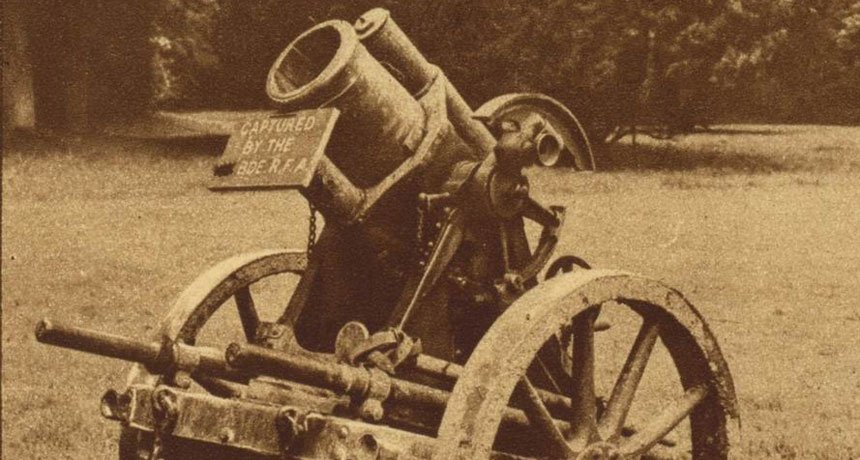Questions for ‘Sounding out the enemy’

A captured German howitzer gun from World War I.
Great War Primary Document Archive: Photos of the Great War - www.gwpda.org/photos

A captured German howitzer gun from World War I.
Great War Primary Document Archive: Photos of the Great War - www.gwpda.org/photos